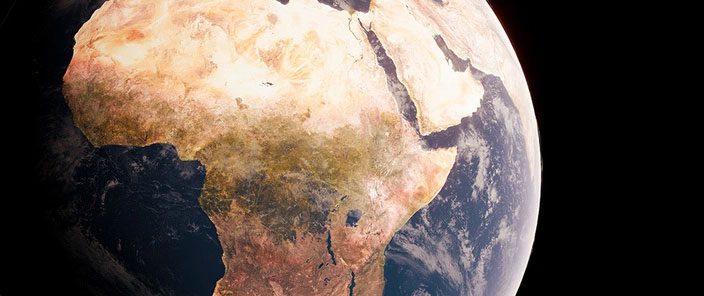A New Study Shows the Southern Hemisphere Has Been Drier Than the Northern Hemisphere Over the Past Two Decades.
The authors suggest that the main cause is the weather phenomenon known as El Niño – which occurs every few years, when sea surface temperatures in the eastern Pacific become warmer than usual.
10% of the World’s Population Lives in the Southern Hemisphere

Although the Southern Hemisphere covers only 1/4 of the Earth’s land area (excluding Antarctica), it seems to have a significantly greater impact on global water resources compared to the Northern Hemisphere – (Photo: ARTUR PLAWGO).
According to Science Alert, the findings are based on satellite data and river flow measurements, which allow the authors to model and calculate changes in water availability.
Water availability includes rainfall, groundwater, and surface water (ponds, lakes, rivers, and streams), which serves multiple human needs. Among these, water for domestic use is essential.
The new analysis shows that water availability in South America, much of Africa, and central and northwestern Australia has declined sharply. In contrast, water availability in the Northern Hemisphere has remained relatively stable.
This is partly due to the widespread impacts of human activities such as irrigation, dam construction, and agricultural production. Approximately 10% of the world’s population lives in the Southern Hemisphere.
What Happens When the Southern Hemisphere Becomes Drier?
According to researchers, what happens in the Southern Hemisphere affects the entire planet.
The drying process will place additional pressure on habitats and species. It will also impact human populations and ultimately our global food systems.
Among these, South America, including the Amazon rainforest, is a crucial habitat for species and home to many indigenous communities. Drying rainforests here will reduce vegetation and increase the risk of wildfires, potentially releasing billions of tons of carbon currently stored in forest vegetation and soil.
South America is also a major exporter of soybeans, sugar, meat, coffee, and fruits to global markets. Changes in water availability here will put pressure on the global food supply chain.
The arid regions of Africa present a real challenge as well. Moreover, this vast continent often has limited resources to mitigate and adapt to climate change.
Northwestern Australia is one of the country’s vast wilderness areas. The drying process will alter vegetation patterns and further increase temperatures, potentially exceeding 35°C for much of the year from now until 2100, if emissions continue at high rates. This will severely impact human health and habitats.
Similarly, drought in central Australia has a cascading impact on the weather and climate of coastal areas, where most of Australia’s cities and populations are concentrated.
The trend of drying is also occurring in the southwestern and southeastern parts of the country, leading to stress and habitat changes, wildfires, depletion of rivers, and impacts on human health, particularly in urban areas…


















































